The ARRI Certified Online Training for Large Format Camera System is another course offered by ARRI on MZed educational platform. The course will grant you a practical in-depth knowledge regarding the ARRI large-format ecosystem and technology (cameras, lenses, and more). Read below our review.
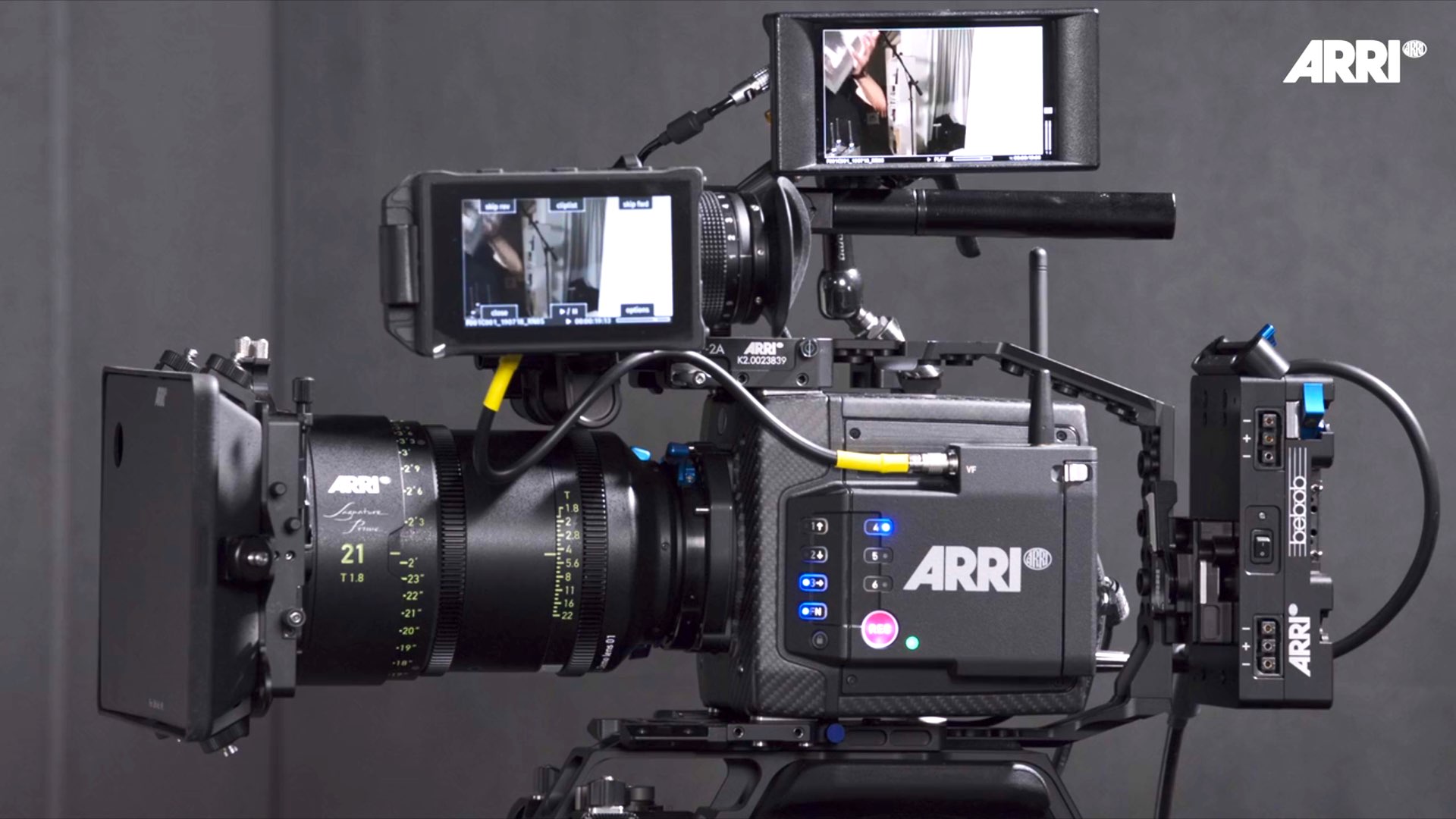
ARRI & MZed: A certified online filmmaking education platform
That is the second course offered by ARRI on the MZed platform. Those educational programs are great resources for content creators. They allow filmmakers to learn and educate straight from their homes. Nowadays, technology allows the privilege of getting high-quality online education without the need to pack and travel to a specific workshop, or to spend so many years at film schools. However, you need a decent amount of self-studying capabilities. Most of the time, taking an online course is much more challenging than being inside a class. Furthermore, you need to find a trusty and reliable online platform to make sure you get your money’s worth.
Dedicated to ARRI’s large format cameras and lenses
Recently we have reviewed the first course by ARRI on the MZed platform: ARRI Certified Training for Camera Systems, which was the first ARRI certified course on MZed. Read this article to get an in-depth look at this course.
However, the large format cinematography takes over the traditional Super 35. That’s one of the reasons ARRI and MZed have launched another course, this time dedicated to ARRI’s large-format camera and lenses.
The rise of Large Format cinematography
When talking about cinema camera sensors, size does matter. If I’m not mistaken, to this point, we have about ten large-format cinema cameras on the market, excluding the IMAX. Obviously, in 2020, the number will get even higher.
ARRI itself has three large-format cameras: 65, LF, and the Mini LF (which recently was embraced by Netflix).
We can confidently say that the cinematographers were exposed to the advantages of the large sensors from the photography world. Indeed, a large sensor has a lot of benefits. We wrote a respectable amount of articles regarding large format cinematography, implications, and concepts. ARRI itself has released a bunch of straightforward video tutorials explaining the creative characteristics of shooting in large format.
Generally speaking, a large-format sensor expands filmmakers’ creative choices and allows more artistic possibilities.
The main cons here is the price. Large format sensor needs horse-powered high technology to utilize this massive amount of data. Thus a large format cinema camera is costly.
Explore the chart below that lists LF cinema cameras (the C500 Mark II hasn’t been released yet when we make this chart).
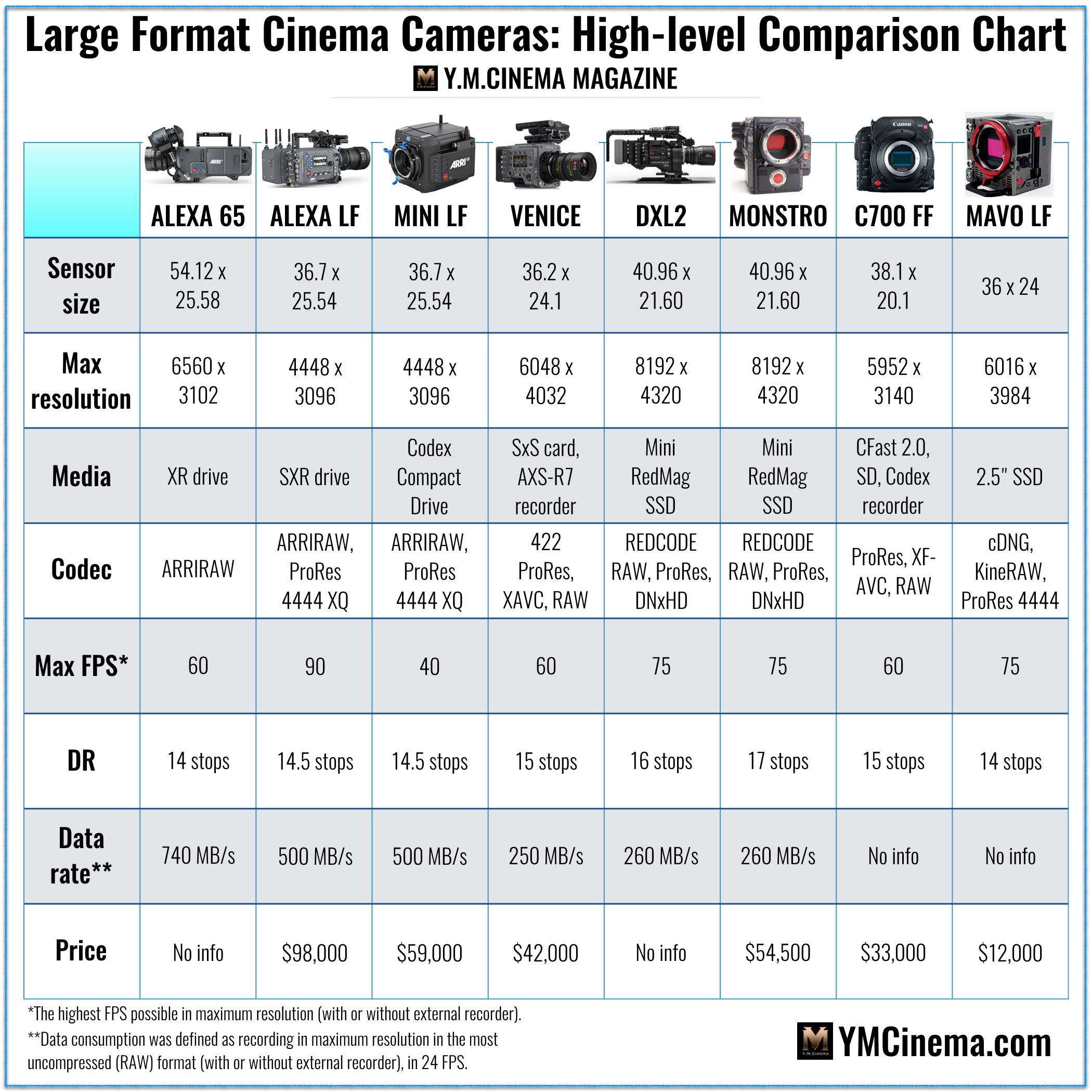
ARRI Certified Online Training for Large-Format Camera System
As written above, the course focuses on ARRI’s large-format system.
ARRI emphasizes that this course is not about the camera itself, but about the ecosystem as a whole, which means you will also learn about lenses, mounts, and accessories. However, it has to be said that this course is very similar to the first one. In fact, in the first course, the topics cover all ARRI cameras, including those with large sensors.
Let’s soar over the topics of the Large-Format course:
- Introduction to the ALEXA LF and ALEXA Mini LF camera systems, features, layout, and capabilities.
- LPL and PL, Signature Prime lenses characteristic.
- Menu Configurations and web remote control.
- Recording media, formats, and online tools.
- ARRIRAW, Rec 709 vs. Log C and Exposure.
- ARRI Look Management, Postproduction, and HDR.
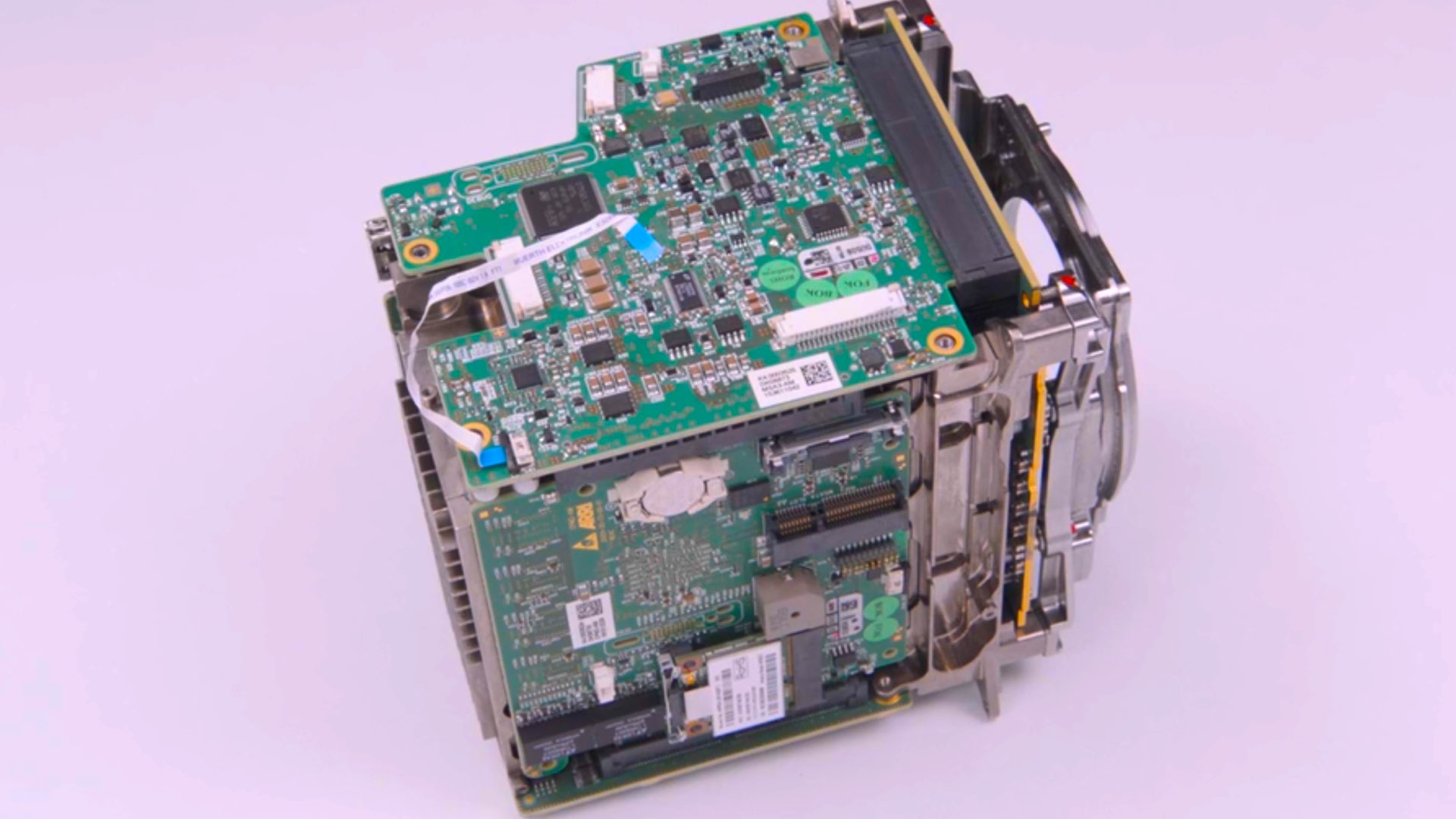
ARRI had always been so meticulous about its workshops and classes, which means be prepared to invest some time to assimilate those ARRI educational materials and knowledge on MZed. Once you do that, you will get highly familiar with ARRI’s ecosystem for sure.
What to expect
As said, the course is very similar to the first one, although it’s a bit shorter (8 hours compared to 10 hours in the first course). Identical to the first course, the instructor is Florian Rettich, which is a senior trainer at ARRI Academy.
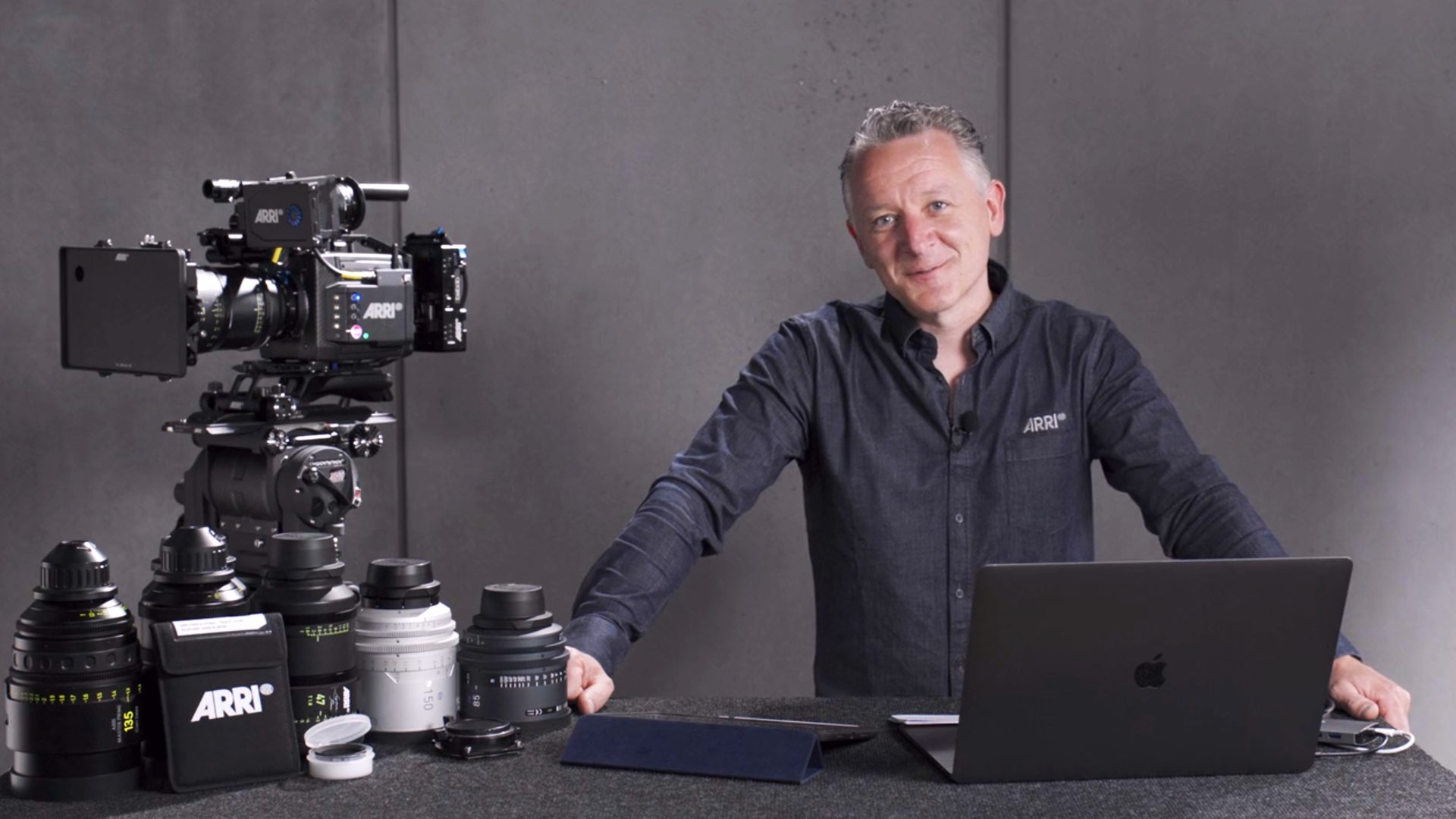
It’s important to note that there is a vast amount of information and details to be digested. The course includes a lot of references (files, links, PDFs, manuals, user guides, and videos), and various links to ARRI’s website (camera simulators, tables, and more technical stuff). ARRI had always been so meticulous about its workshops and classes, which means be prepared to invest some time to assimilate those ARRI educational materials and knowledge on MZed. Once you do that, you will get highly familiar with ARRI’s ecosystem for sure.
However, it’s important to mention that you don’t have to take both courses. Choose one, dive into it, and you will get familiar with the ARRI ecosystem. Although the first course contains more topics (ALEXA SXT and AMIRA, for instance), my personal feeling is that the second course dealing with Large Format is more refreshing and more fun to watch. At the end of each module, there is a neat addition (BTS footage, demonstrations, and reels) regarding ARRI systems, which constitutes a fundamentally practical approach, since it shows how the ARRI ecosystem is implemented in real-world production.
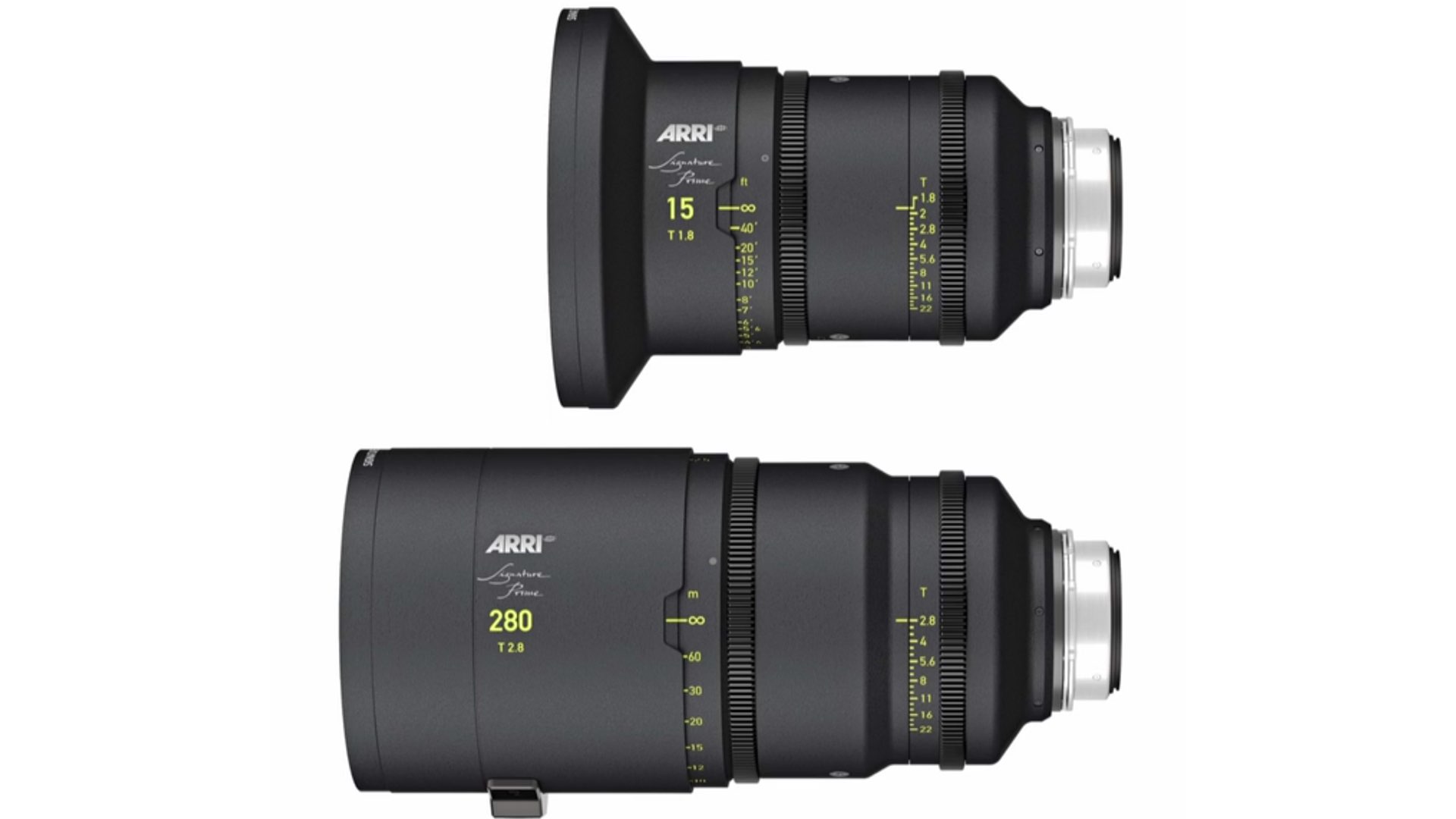
One of the fascinating parts of the course is when Art Adams, Cinema Lens Specialist at ARRI, demonstrates some of the unique looks of two very different Signature Prime lenses- the 280mm T2.8 and the 15mm T1.8. Art illustrates that unique Signature Prime look by showing footage from 15mm prime and the 280mm prime. For instance, we can see in the 280mm a soft, beautiful bokeh without any distraction from the main object, even when stopped down to T11. Also, the 15mm shows a precise wide-angle image without any distortion. In the demo, we explore the uniqueness of those primes.
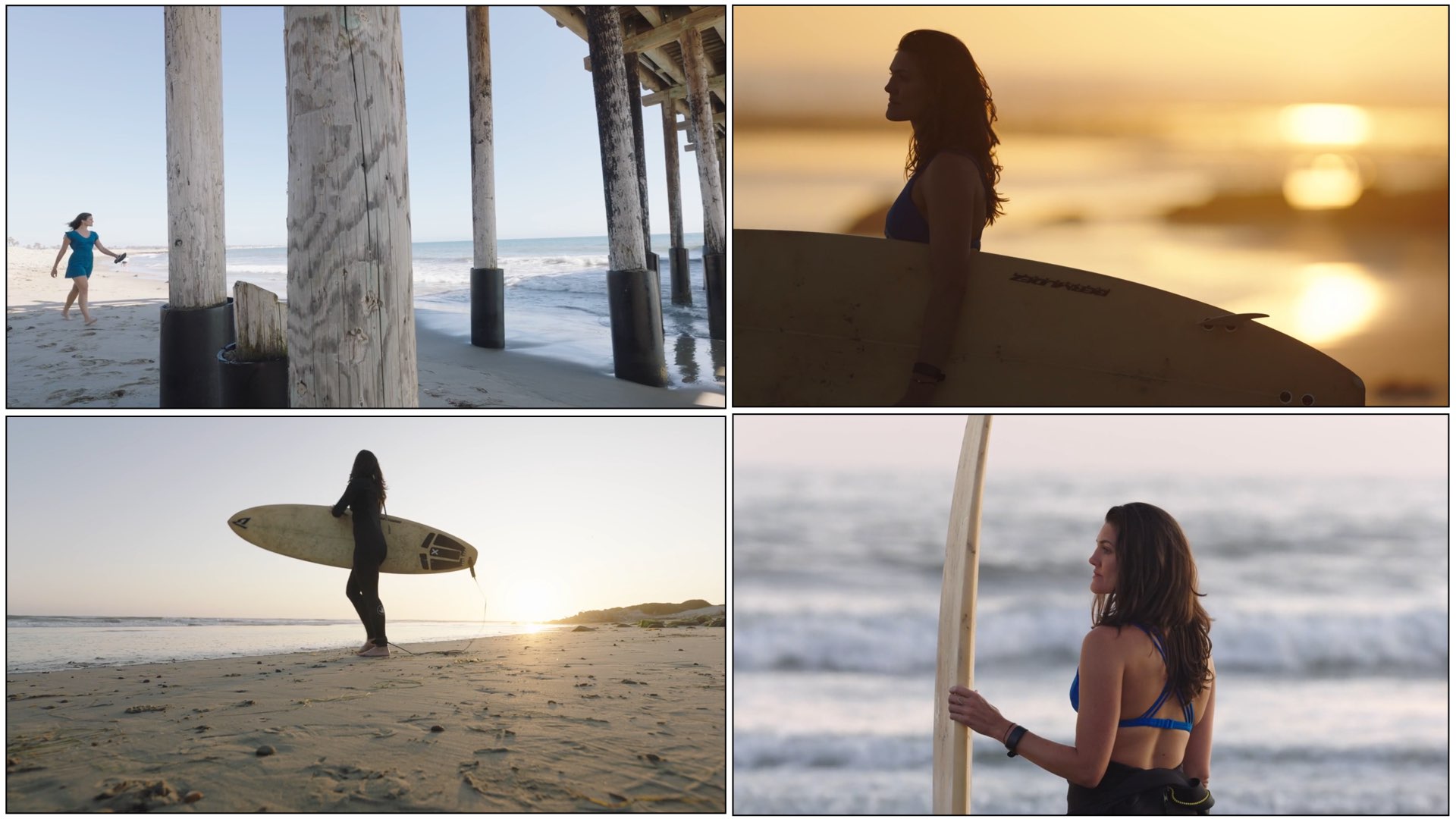
One of the fascinating parts of the course is when Art Adams, Cinema Lens Specialist at ARRI, demonstrates some of the unique looks of two very different Signature Prime lenses- the 280mm T2.8 and the 15mm T1.8
Price
You can own the course forever to stream and download for $199 or to stream it, along with the entire MZed PRO Library for $299.
Upon completion of the course, you will receive a formal ARRI certification:
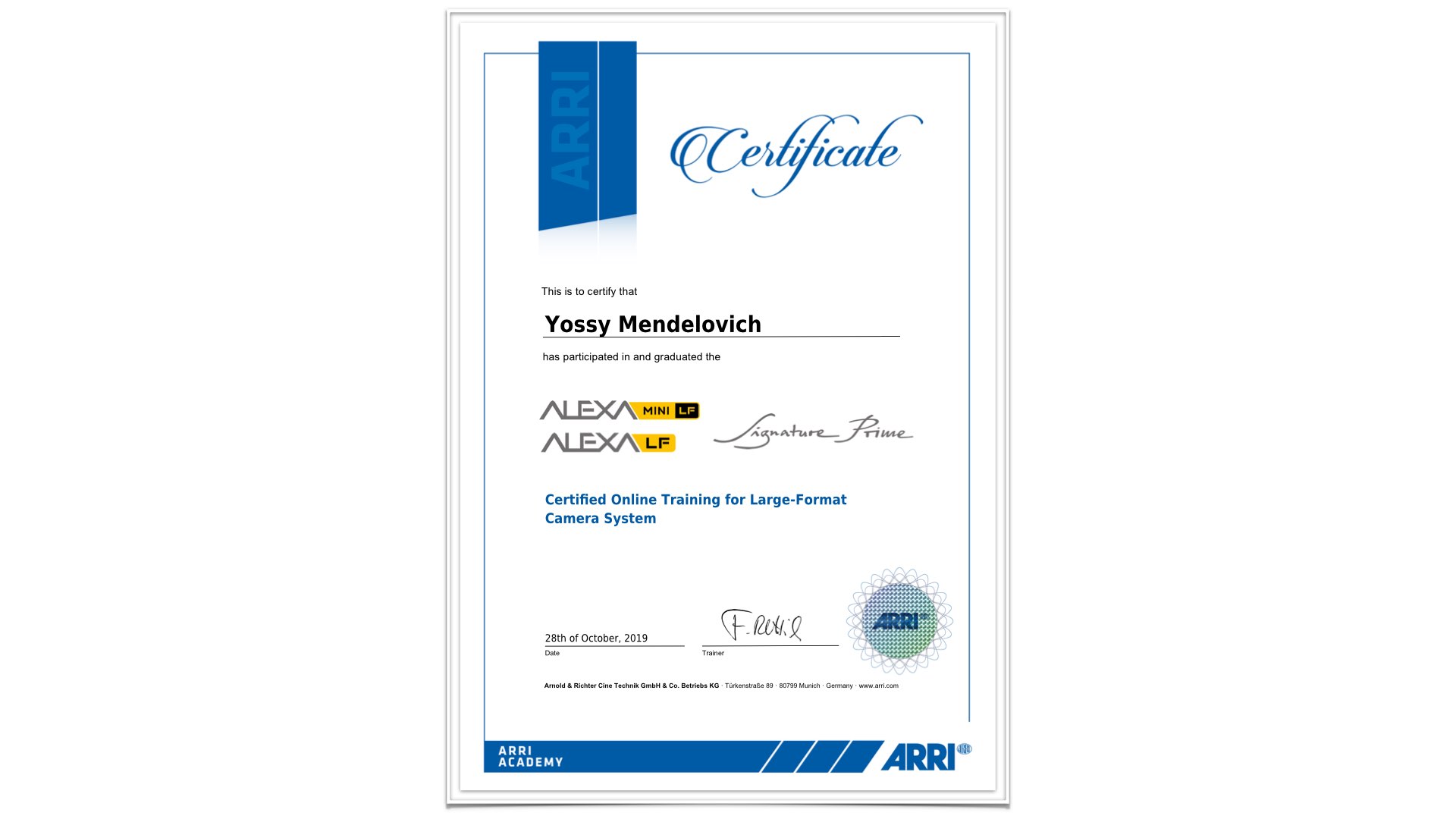
Final thoughts and takeaways
The ARRI Certified Online Training for Large-Format Camera System is ARRI’s second major MZed course, which covers explicitly the LF and Mini LF. As explained, this is professional and punctilious training.
In my opinion, a more practical approach will be welcomed. Taking the camera out of the lab (studio) to the field is an essential step in education and training. Also, a live demonstration of ARRI’s ecosystem in an actual shoot is a significant factor in that kind of training. I wish there were more workshop elements combined. Nevertheless, this is a fascinating piece of education that can contribute significantly to future ARRI shooters.
Get the ARRI Certified Online Training for Large-Format Camera System course
Are you passionate about large-format cinematography? Would you consider taking the ARRI course? Let’s know your insights in the comments section below.


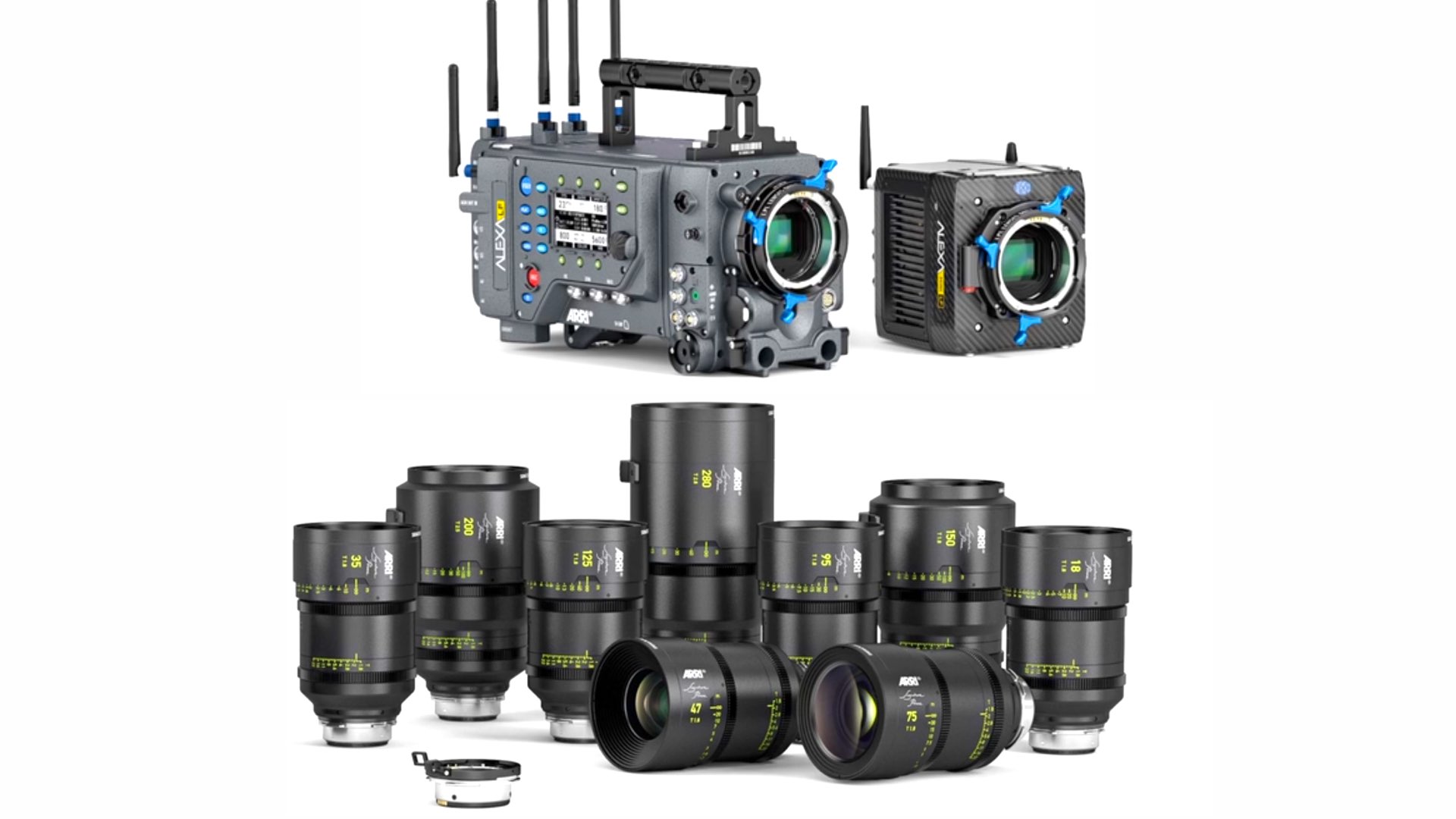
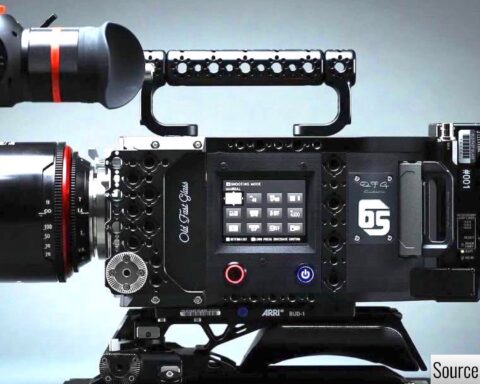

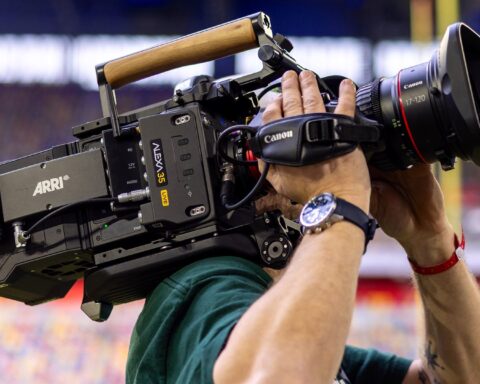




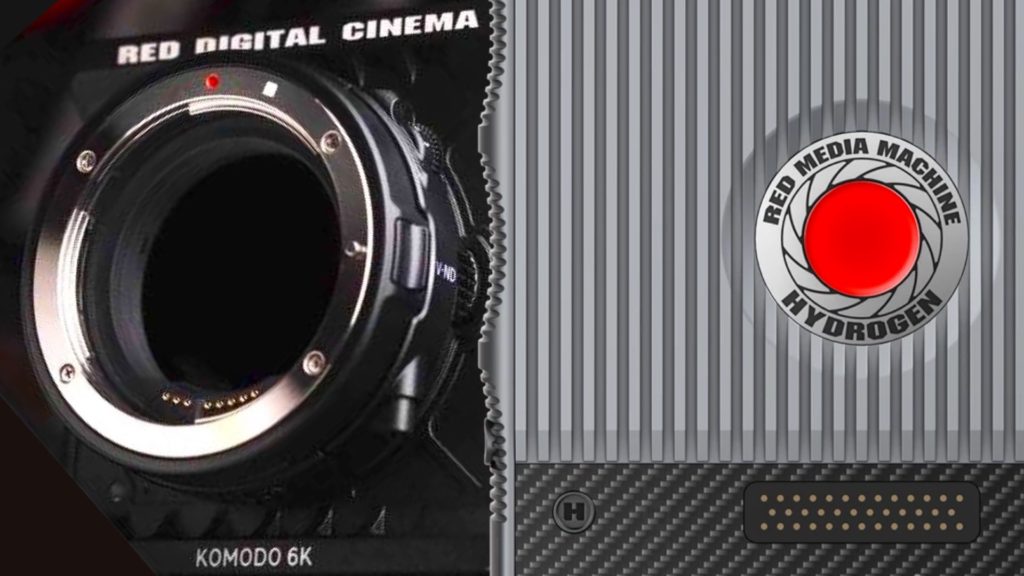
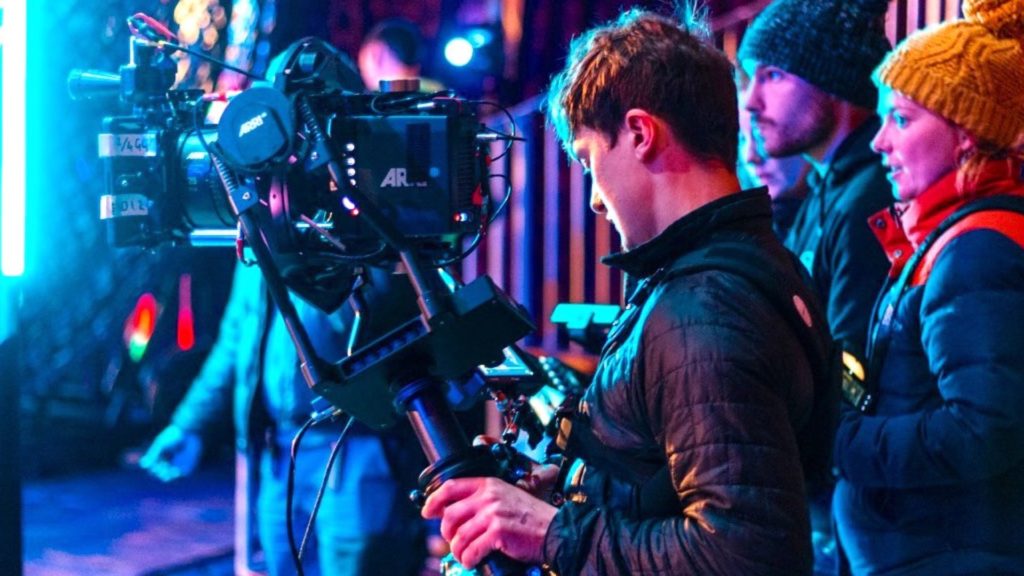



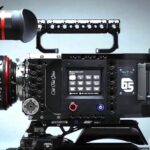

[…] Online Training for Large-Format Camera System very beneficial. We reviewed this course, as well. Go here to read our […]
[…] BTW, for those who are eager to learn more about ALEXA cameras, ARRI offers Certified Online Training for Camera Systems in general (read our review), and for large format specifically (read our review). […]
[…] taking the ARRI’s Certified Online Training for Large-Format Camera System, which we reviewed here. The course educates and demonstrates the Signature Primes, lens mounts, and how lens design has […]
[…] our review), and the ARRI Certified Online Training dedicated to ARRI Large-Format Camera System (read our review). To sum up, this masterclass aims to educate everybody that loves the process of filmmaking. You […]
[…] This movie constitutes an excellent example of large-format look utilization. Deakins elaborates on this in the video by saying that the main advantages of the Mini LF were two: shallower depth of field and the ability to use a longer lens on closeup (to avoid distortion of the face). To understand the advantages and characterizations of large sensors, check out our article, which deals with large format cinematography. We do think that large sensor has a significant contribution to the film industry by allowing three characteristics: Shallower depth of filed, enhance camera movement and reduced distortion in closeups. According to Deakins, the film was shot %99 with the 40mm Signature Prime. The rest was shot with the 35mm (basement scene) and 47mm (the river scenes). That’s a fascinating piece of information since 40mm is defined as the natural focal length that mimics human vision. Furthermore, the large sensor allows a large field of view, even in 40mm. Together with the Trinity, we can get adorable dynamic shots. In case you are eager to get professionally educated about the large format, you can get ARRI certified on-line training for its large-format camera system. We’ve also reviewed ARRI’s course here. […]
[…] The ARRI Certified Online Training for Large Format Camera System is another course offered by ARRI on MZed educational platform. The course will grant you a practical in-depth knowledge regarding the ARRI large-format ecosystem and technology (cameras, lenses, and more). Read our review. […]
[…] The ARRI Certified Online Training for Large Format Camera System is another course offered by ARRI on MZed educational platform. The course will grant you a practical in-depth knowledge regarding the ARRI large-format ecosystem and technology (cameras, lenses, and more). Read our review. […]